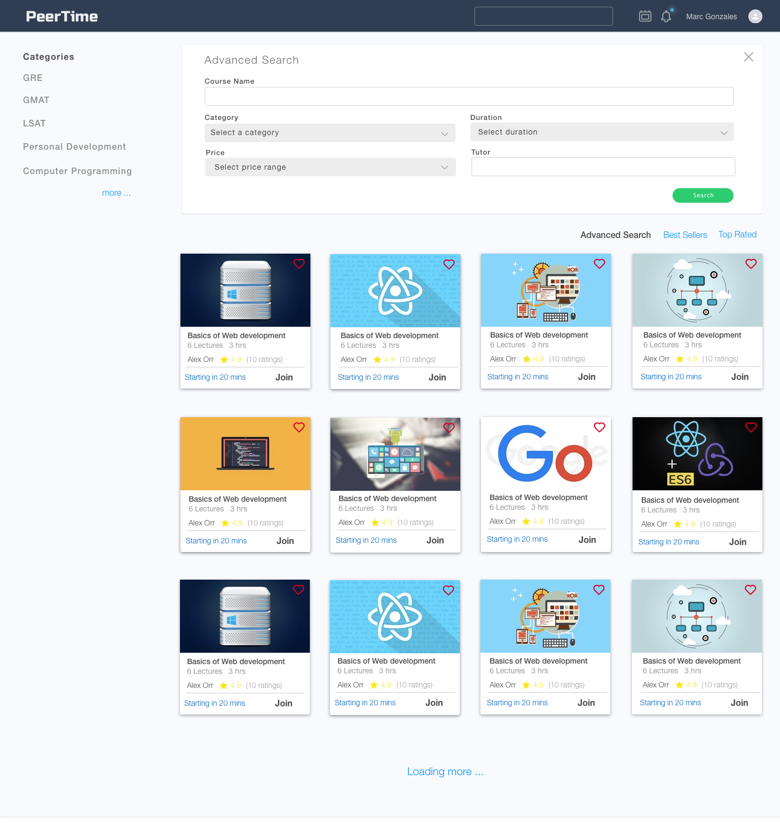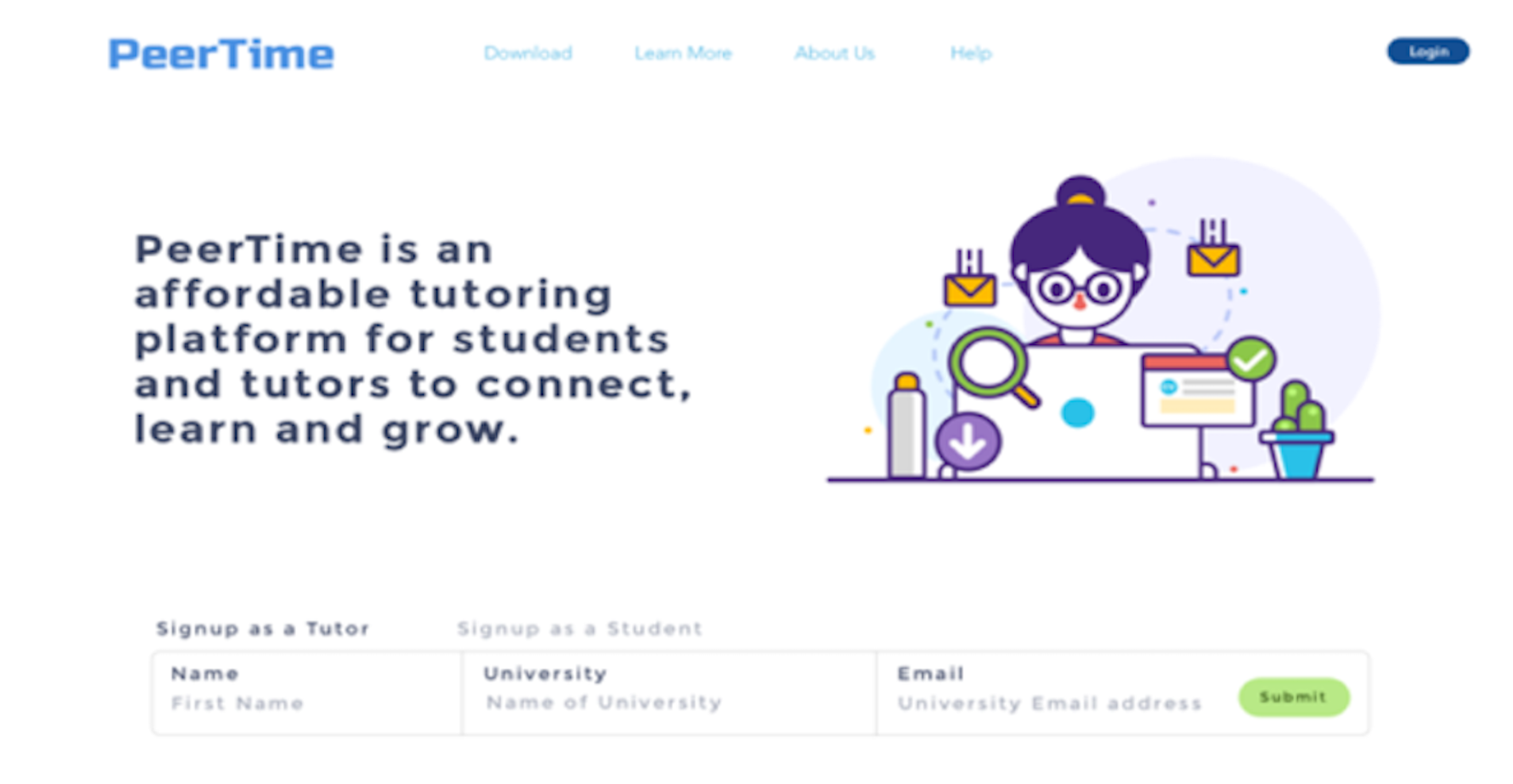
Peertime
- Online tutoring platform
- and marketplace
My Role
- UX / UI
- Prototyping
- Research
Team
- 1 Product Manager
- 2 UX Team manager
- 1 UX Designer

Peertime is an online tutoring platform and marketplace where students can select tutors, schedule classes, pay tuition, and interact with each other, just like in a physical classroom.
Although, there are a lot of MOOCs from which students can chose to learn, Peertime was built on the idea of replicating in-class learning. Students are not just shown videos and asked to turn in assignments; it is a platform where active-learning is made possible through dialogue and active discussions between students and teachers.
The original idea for Peertime was building a marketplace for college students to teach each other to earn money on the side.
Since this idea was a new concept, we wanted to make sure we validated our basic hypothesis before investing too much time and effort into this new venture. Once it was validated, we would commit more resources to it.
Our first step was building our hypothesis and unlearning whatever we knew about this space. This allowed us to set aside our personal biases towards any idea or new finding that we came across during the research phase.
“We believe that, if we create a marketplace for college students to learn from each other, students’ grades will improve and they will earn additional income. We will know this to be true if 3/5 interviewees are willing to pay for such a service.”
The four main areas we decided to learn more about and validate our hypothesis were:
We arranged for five user interviews with college students through our own network (interns at our parent company asked their friends to give us some feedback).
We built a list of interview questions based on our five main themes of interest.

These interviews convinced us that we were targeting the wrong market and should focus on K7-K12 students, potentially connecting them with these college students. We repeated the same process by contacting five high school students through our network. Our office employees brought their kids to work for an hour, where we asked them the same questions.
As we learned more about the users, we also started doing secondary research by performing competitor analysis on a few direct and indirect websites in the education market. We also studied whiteboarding, video-calling, and scheduling features on other websites.
At this point, we had a decent understanding of our users, their needs, their painpoints and the competition. In order to put a face to all our research finidings till this point, we created 4 personas.
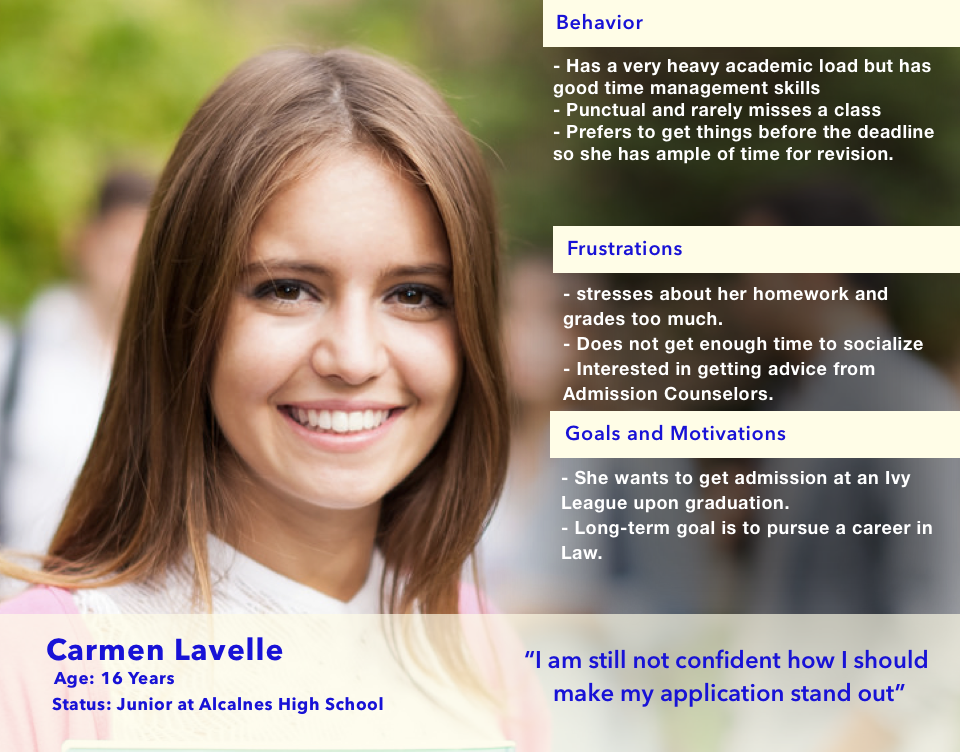
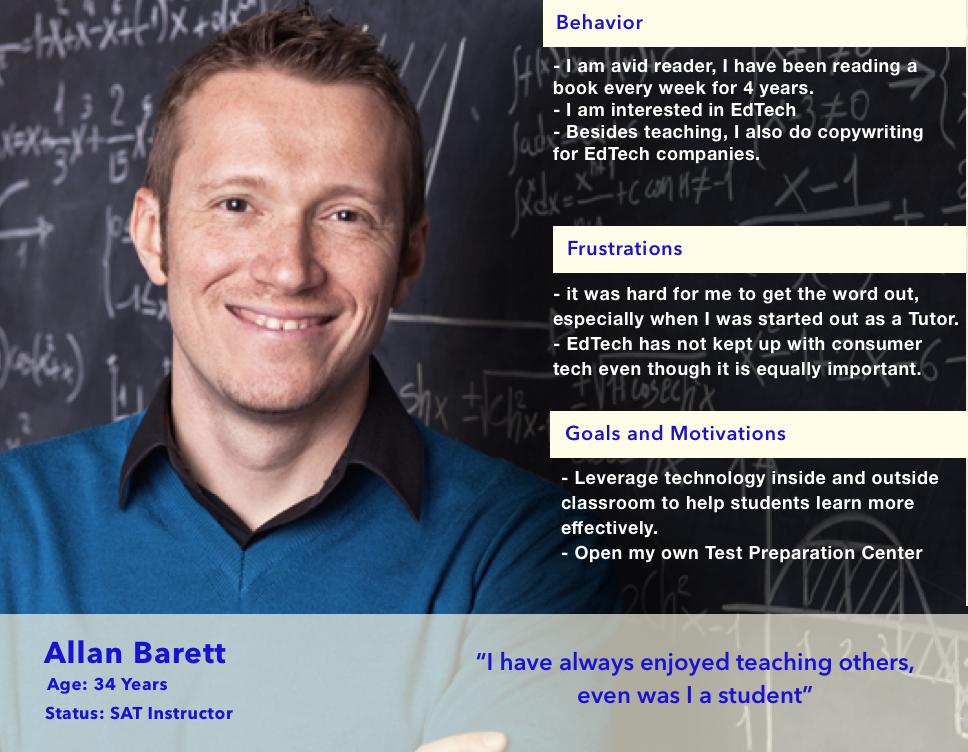

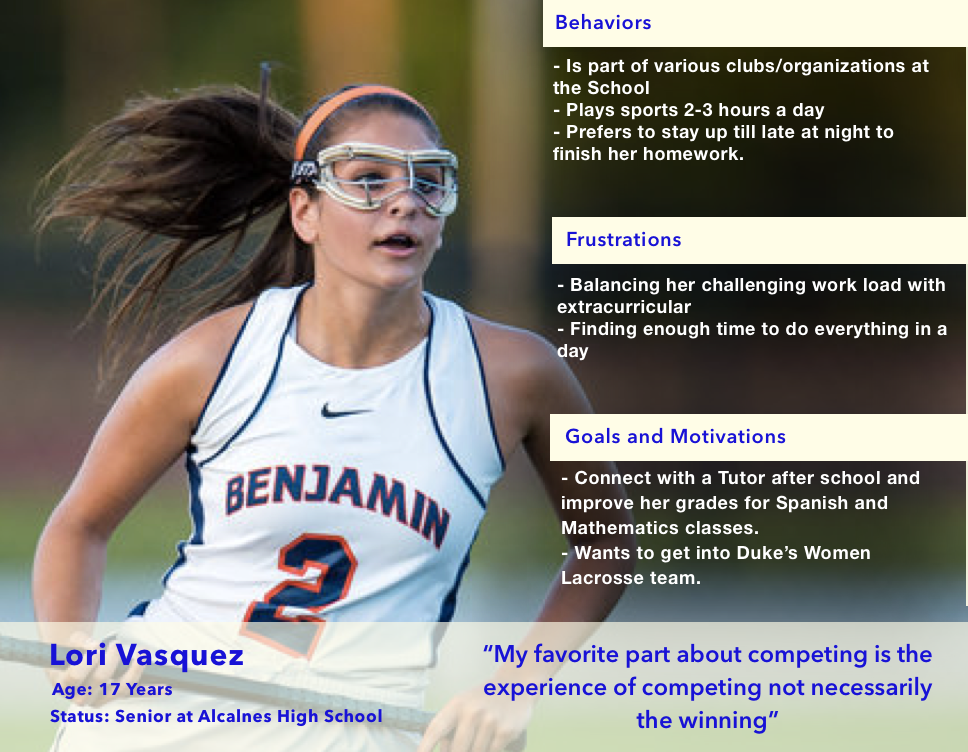
Some of the main pain points that we had uncovered up to this point were:
I am a big fan of JTBD framework, so the first thing I did was started exploring solutions for our product, and, as a result, came up with a few jobs:


I spent a week on the wireframes for the student dashboard and the teacher dashboard, and my main concern was not missing out on any feature that could cause a problem once the site is built. I ran many hallway tests with our staff once I was able to ensure that the layout was easy to understand and the userflow was not confusing.
The founders of the company were interested in using a playful theme to attract the K7-K12 demographic, so I made various concepts for them to get an understanding of their taste. I also worked on the logo and branding for PeerTime.

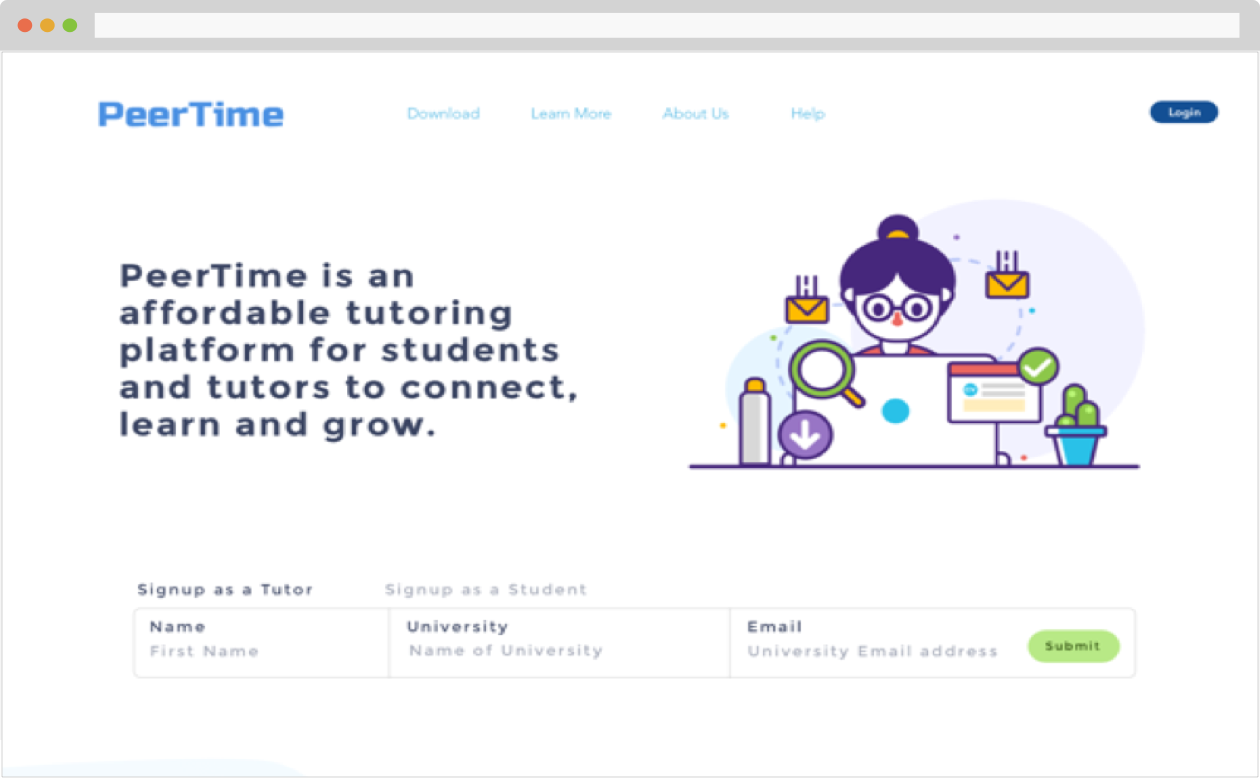
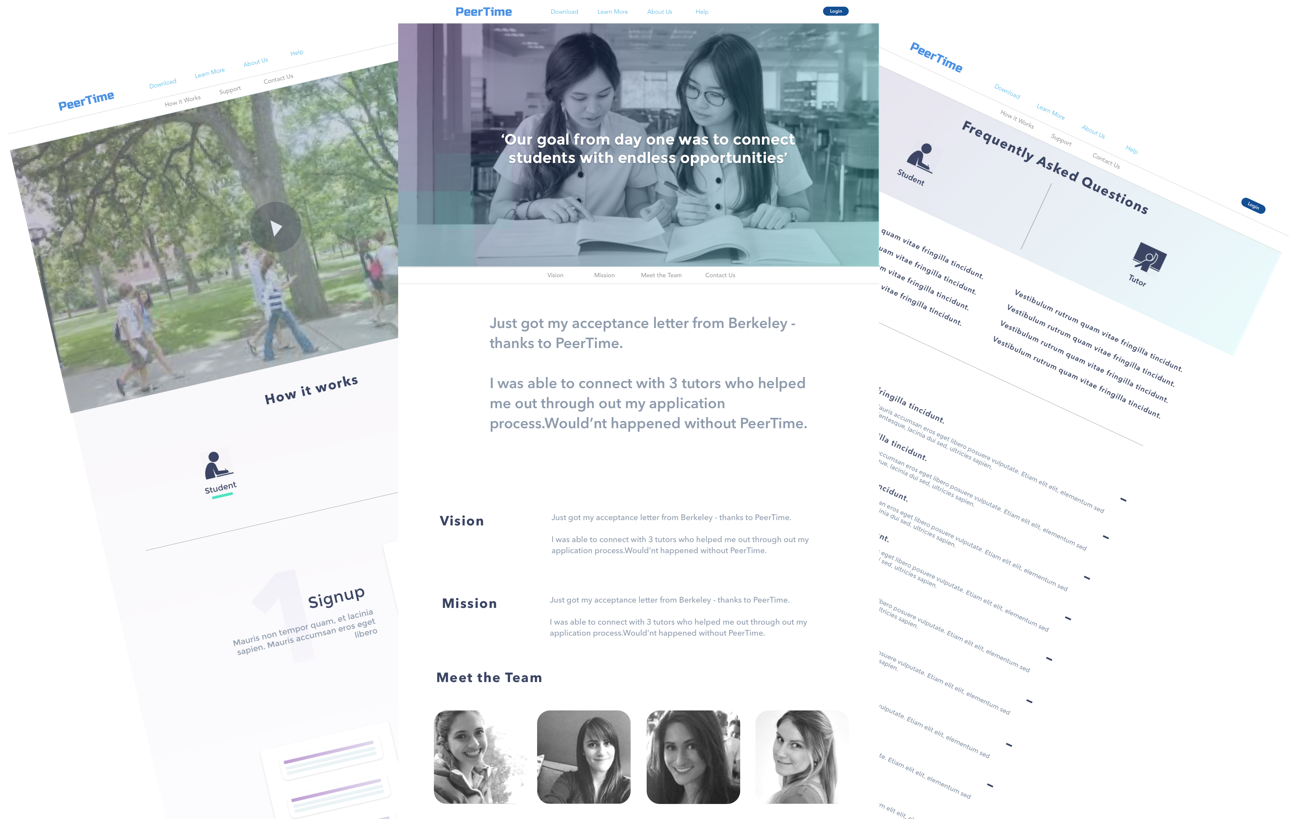

We approached Course listing page differently; instead of showing broad areas of expertise of the tutor, we wanted to allow students search for packaged courses based on their interest. Courses are created by the tutor, in which they give approximate time to cover the subject.
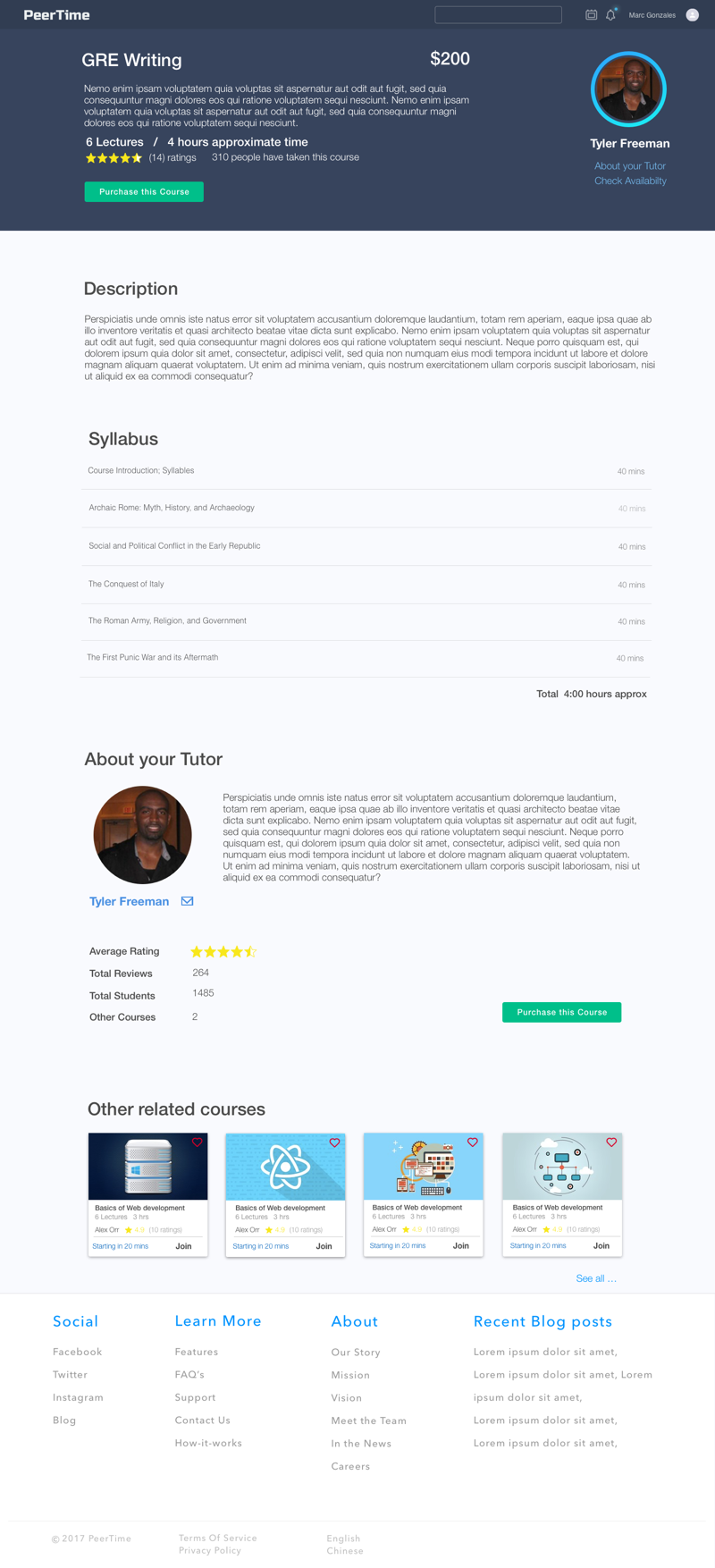
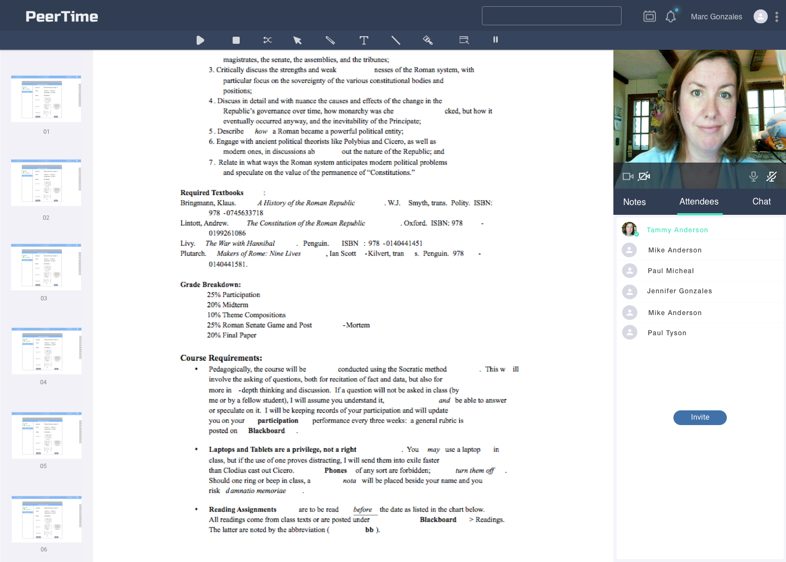
This is a Tutors View of Live Classroom, where she can browse the documents through the left side-panel, use whiteboard features under the top Nav-bar and all other administrative issues on the right side-panel.
This is a Course setup page, where the Tutor can manage the course information like add Lectures, Assignments, etc. Also the Tutor can navigate directly to Documents, Students by selecting a course from the left side-panel first.
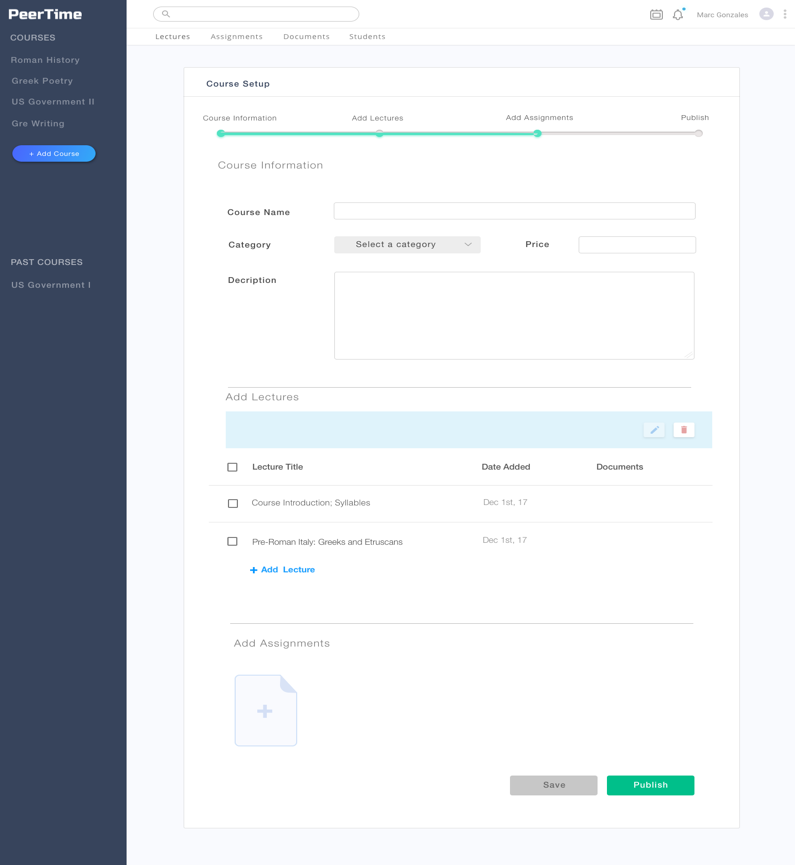
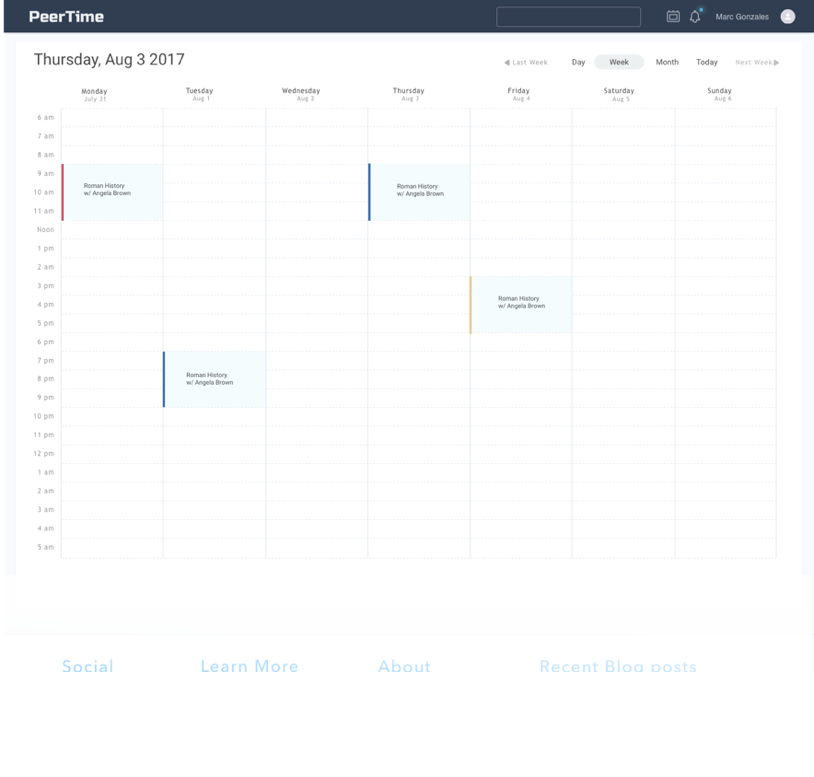
A student can see the availability of the Tutor's schedule before purchasing a course. A message can also be sent to confirm with the Tutor about their availability.
All Courses are displayed on this page, with the option to perform an advance search. This is the first step in a student's journey for finding the tutor or discovering other interesting courses.
